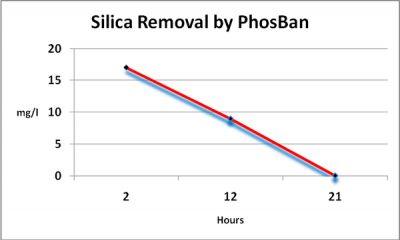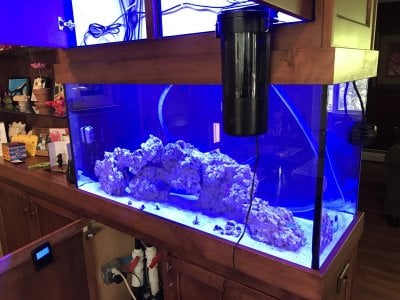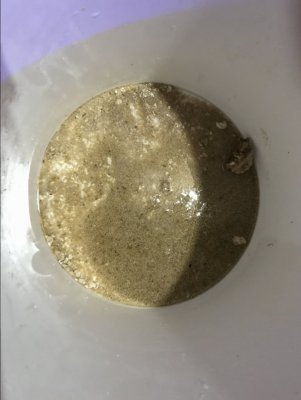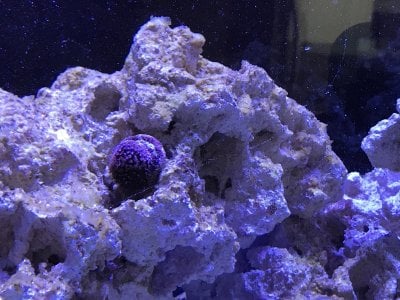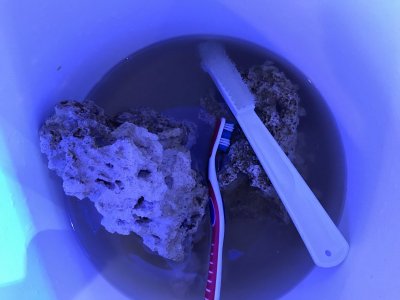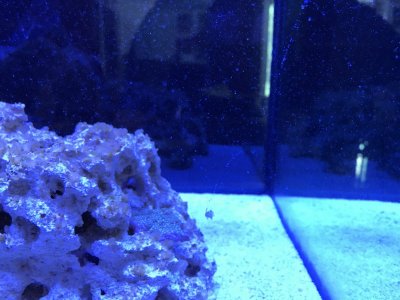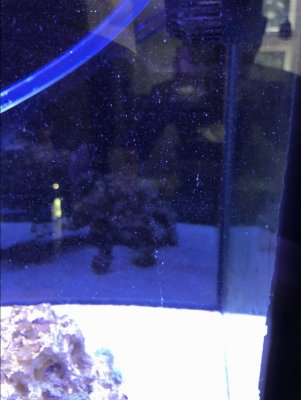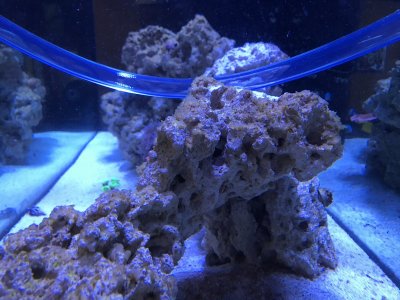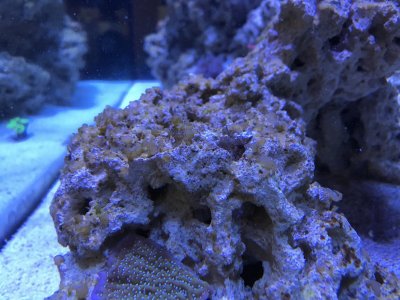Day 3 - continued
Dosed 10 ml KN03 - back down to 10 ml after shutting off bioreactor
Dosed 40 ml of P2O5
Observations:
No big changes - corals starting to look worse (most likely due to no nitrates)
Changes:
I turned on my 40 watt UV
Turned on my GFO reactor
Turned off my bioreactor
I picked up a used H.O.T. Magnum canister filter and bought a new micron filter for it. Did not opt to by diatom earth to go with it yet.
Day 4
N03 measured at 0 - still at 0 even with bioreactor offline and a single dose of KN03
P04 measured at 0.08 - seems stable with the single dose of P2O5
Alk measured at 10 - down from 11 after turning on the GFO
Observations:
Coral health seems to remain the same
No noticeable changes in the Chrysophytes in the DT
I need to run back out to the LFS this morning as soon as they open to pick up my intake tube I left there last night. I would have cleaned last night had they not closed. Now I have to wait until 10am to pick it up. Maybe by noon i'll be able to clean
I would have cleaned last night had they not closed. Now I have to wait until 10am to pick it up. Maybe by noon i'll be able to clean
Dosed 10 ml KN03 - back down to 10 ml after shutting off bioreactor
Dosed 40 ml of P2O5
Observations:
No big changes - corals starting to look worse (most likely due to no nitrates)
Changes:
I turned on my 40 watt UV
Turned on my GFO reactor
Turned off my bioreactor
I picked up a used H.O.T. Magnum canister filter and bought a new micron filter for it. Did not opt to by diatom earth to go with it yet.
Day 4
N03 measured at 0 - still at 0 even with bioreactor offline and a single dose of KN03
P04 measured at 0.08 - seems stable with the single dose of P2O5
Alk measured at 10 - down from 11 after turning on the GFO
Observations:
Coral health seems to remain the same
No noticeable changes in the Chrysophytes in the DT
I need to run back out to the LFS this morning as soon as they open to pick up my intake tube I left there last night.







